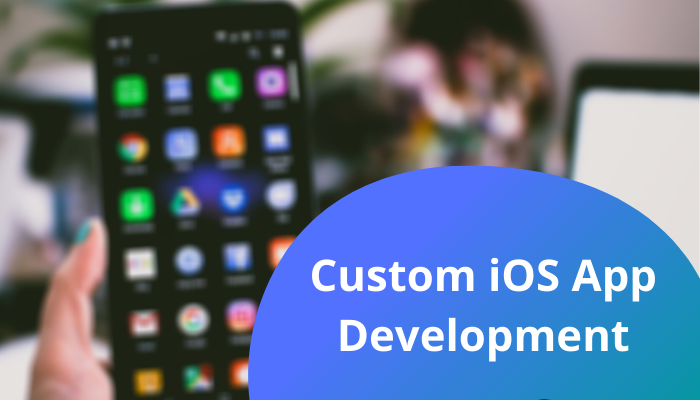Swift and Xcode are both software development products built by Apple. Swift is a programming technology commonly used for building apps for macOS, iOS, watchOS, and tvOS. Xcode is a comprehensive, integrated development environment (IDE) with a toolkit that helps you create Apple-based apps. Even though you can hire an iOS app development agency to use both the products to build Apple-based apps, they play crucial roles in app development.
Xcode – Overview
Table of Contents
Firstly, As mentioned in the previous section of this article, Xcode, an IDE introduced by Apple, enables you to create apps for macOS, iOS, watchOS, and tvOS. It came to the market in 2003 and continued its active run in 2021. Since the release of its version 5.x in 2013, Apple has continuously released the latest version on an annual basis. As Apple released its latest range of products like the iPhone, Apple TV, iPad, and Apple Watch, they added development compatibility into the Xcode IDE platform. If you’re a Mac user, you can download this product from the Mac App Store for free.
Xcode Coding Functionalities
Xcode offers a comprehensive range of features you would expect in an efficient enterprise-level IDE.
Output Capability
Xcode develops fat binary files and has code for different architectures that conform to the required format. These binary files are universal, enabling the App to run on 32-bit, PowerPC, and 64-bit Intel X86 systems.
Programming Language Support
The Xcode IDE is compatible with the Swift programming language and gives product owners the flexibility to build code in Objective-C, Objective C++, C, C++, Applescript, Java, Ruby, and Python.
Debugging and Compiling
Finally, if you want to build applgbi[s foreARM, you can hire a reliable iPhone app development agency to leverage specialist elements such as iOS SDK. With the help of this feature,
Read More: https://readalladvice.com/category/technology-blog/
SwiftUI
Secondly, Xcode’s SwiftUI enables product owners to build user interfaces for all Apple Platforms leveraging the Swift programming language. It provides automatic compatibility with modern user interface design features like dark mode, dynamic type, accessibility, and localization.
Swift- Overview
Apple introduced the Swift programming language to offer a common coding platform for its range of device operating systems. Released in 2014, Swift gives product owners the benefit of building iOS, macOS, tvOS, and watchOS. Xcode’s SwiftUI feature starts the user interface designs using the preloaded Swift code, making it easy to build feature-rich applications for any Apple platform. Xcode has included compatibility for the Swift programming technology since the launch of version 6 in 2014.
Swift: Key Functionalities
Swift utilizes a concise syntax and includes a lot of modern components product owners need to develop feature-rich applications.
Source Compatibility
Since the release of version 5, Swift offers binary compatibility for applications. This feature’s inclusion means product owners no longer have to use Swift libraries in their application code. In addition, these libraries now form part of the various code bases of the Apple operating systems. This functionality lowers down the app size and eases the development process.
Modern
Swift is a relatively new programming language. If we carry out a comparison of this technology with C++.Java, C#, or even Python, Swift’s syntax is clear and concise. Also, it is compatible with inferred types, and its modules offer you the relevant namespace by removing the need for headers.
Swift has extensive memory management capabilities using deterministic reference counting, which helps in reducing the amount of memory required by your application.
Cross-platform and Open-Source
The management and maintenance of this open-source technology are done at swift.org; product owners can visit the site and access the entire source code, user forums, and a bug tracker. Swift has cross-platform compatibility. It supports Linux, Apple platforms, and Windows platforms.
Powerful and Fast
Swift, a fast and reliable technology, leverages the LLVM compiler to convert its code into entirely optimized binaries that run on advanced hardware architectures. Since it is the successor to Objective-C, it comprises low-level primitives like types, operators, and flow control. Swift also offers you some object-oriented features like protocols, generics, and classes.
Wrapping Up
Xcode and Swift don’t compete in any types of functionalities or ratings as both complements each other in a crucial way. Both are the most preferred platforms to build an application for iOS, tvOS, macOS, and watchOS. Moreover, Swift being cross-platform and open-source gives product owners the benefit of using the Xcode features to create Windows and Linux apps, including apps for Apple gadgets. Therefore, you can hire an iOS app development agency to use them individually for building innovative apps; however, the true power of interaction comes with using Apple technologies together.




